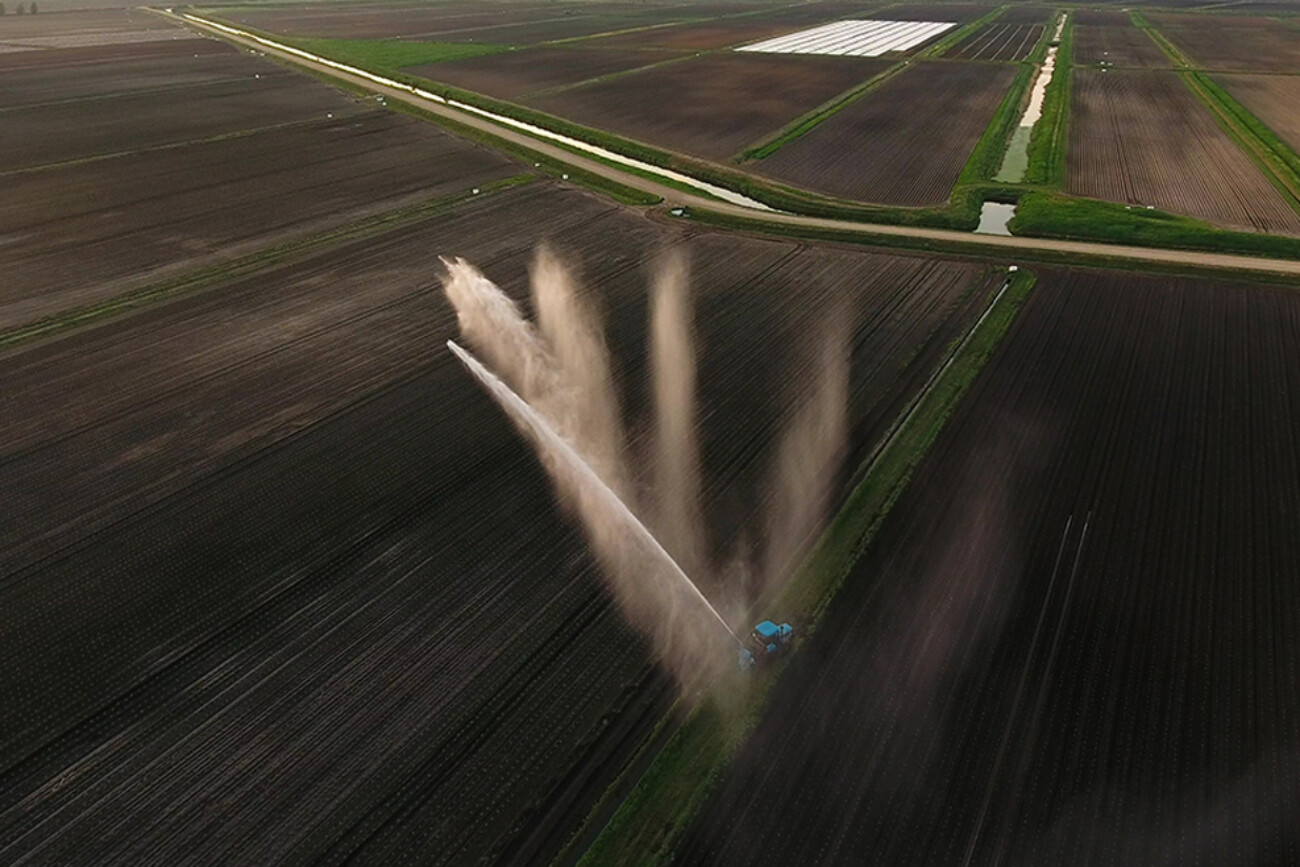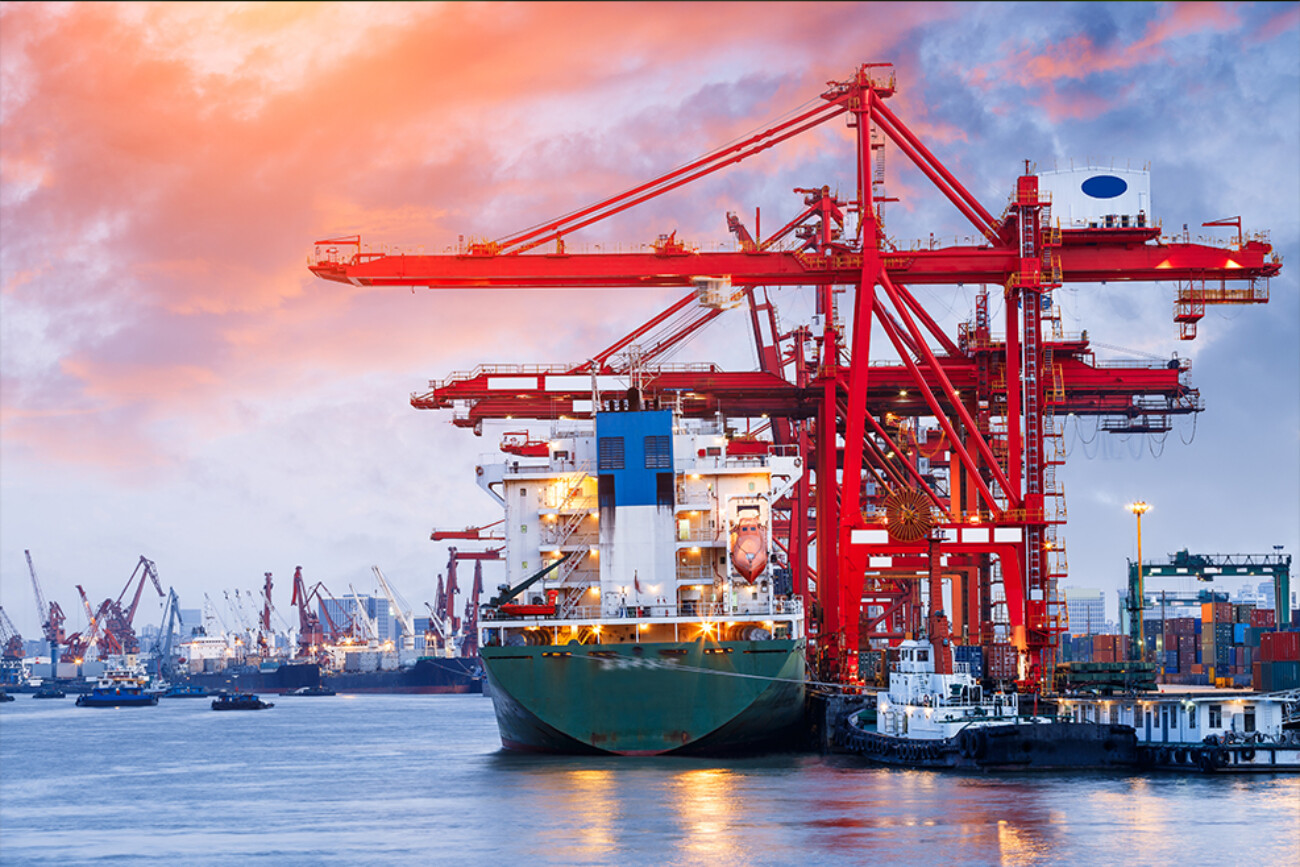While war continues to rage on in eastern Europe, headlines have begun shifting their emphasis from these atrocities back to domestic markets. With Russia as its political scapegoat, the US can now focus its monetary policy on reducing the FED balance sheet and pushing rates up, all against a backdrop of contracting GDP. To say this is counterintuitive is fair; however, considering the FED’s inflation mandate, it’s hardly questionable. With yields up and stock markets now taking a battering – or rather, returning to fundamentals – we would expect demand to come down and lighten inflation.
This morning’s CPI print for April came in below the previous month, but above expectations. The question is whether we’ve turned the corner, and thus, how much more monetary tightening is really needed? While GDP is contracting, and the FED indicating a couple more rate rises of 50 bps a piece, it’s possible they won’t get that far before the FED put kicks in again. With midterms coming up in November, it would not be unfathomable to see easing monetary policy recommence ahead of that date.
In the agricultural space we are
seeing credit improving and
rates increasing simultaneously.
The Dollar is now at its highest level since the pandemic began. Capital flows are moving towards the US, and EM bonds are being dragged along, as their yields are rising. While rates are increasing across the board, the agricultural supply chain is one of the few markets where asset values and profits are increasing substantially. Companies are paying higher rates for Dollar financings than they would have paid a year ago, despite their improved credit. Each additional Dollar has a substantial marginal effect on profitability, and so the numbers check out. In the agricultural space we are seeing credit improving and rates increasing simultaneously. All this in transactions that benefit from seasonal liquidity.
The Russo-Ukrainian war will continue to affect supply chains, and we expect this to influence future capital investments in such a way that redraws trade routes. In the short term, however, essential goods have no choice but to move across borders, regardless of sanctions. Brazil, one of the world’s largest exporters of agricultural goods, has continued to import fertilizer from Russia and Belarus. This is unsurprising, given Bolsonaro’s affinity for Brazil’s agriculture sector and his stance towards Putin. A week before the invasion he was in Moscow meeting Putin, and on the same trip announced that Brazil would double its fertilizer purchases from Russia.
We have had numerous conversations about agricultural inventories trapped in Ukraine, a country where we have extensive experience. Some goods have found a path out of the country, but the vast majority are stuck in silos and warehouses that are not necessarily being attended to. While these goods can maintain their quality for years under the right conditions and maintenance, without being attended spoilage could be a concern. Moreover, even if they are moved out of the country towards the West or along the Black Sea, the logistical infrastructure in these directions does not have the capacity to accommodate this much added supply on top of their existing loads. The plea to Russia to allow Ukraine’s ports to open for exports seems futile. Less supply and higher prices for goods that Russia can produce and export itself is one of the strongest cards in Putin’s hand, why toss it out? If the war turns into a longer frozen conflict, we do not see a path that brings Ukraine’s agricultural output back on to the global market without its seaports. Without meaningful help from the West, goods may naturally move towards Russian hands.
…there is room from agricultural production improvements
in several countries, and with prices as high as they are,
investment will come to get them there.
Ukraine long touted the breadbasket of Europe, due to the density of rich black soil between its borders, can have its agricultural output replaced by other producers. It cannot happen overnight, but there is room from agricultural production improvements in several countries, and with prices as high as they are, investment will come to get them there. Countries like Brazil and India, who are already large producers of agri-commodities could see a windfall of capital toward improving yields, planted areas, storage space and logistical assets. China continues to improve in these areas every year, although its demand is often coincident. There are also plenty of markets that can improve production through implementation of existing agricultural technologies and soil enhancements. Africa comes to mind first and foremost. In the end, we believe the conflict will act as a catalyst for these changes whether or not its resolved in a quick manner.
Nord45Partners ©2022


